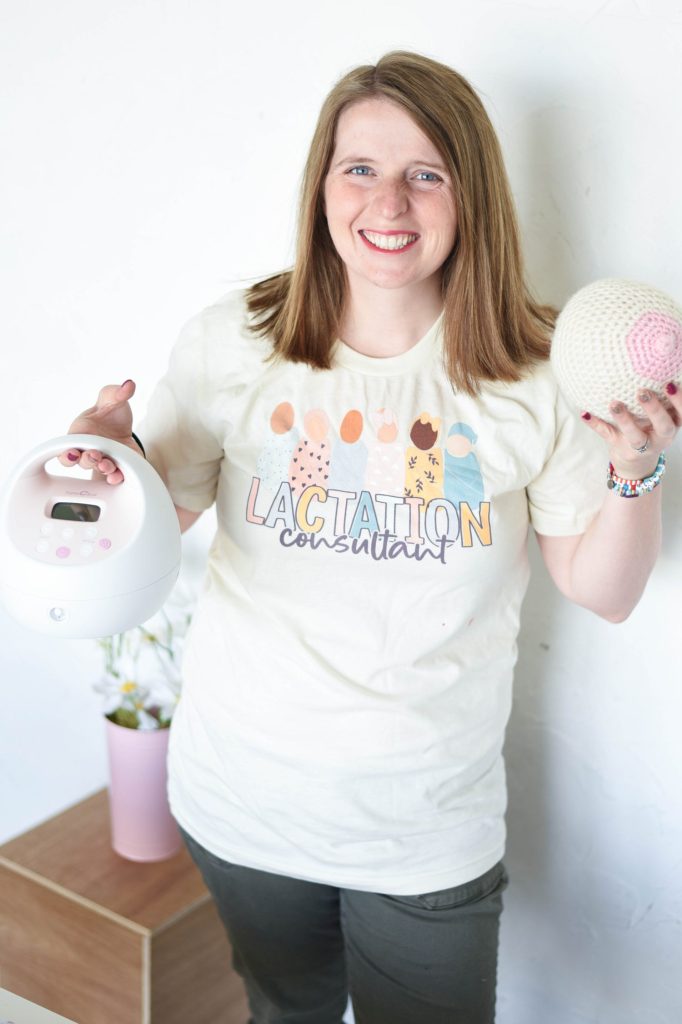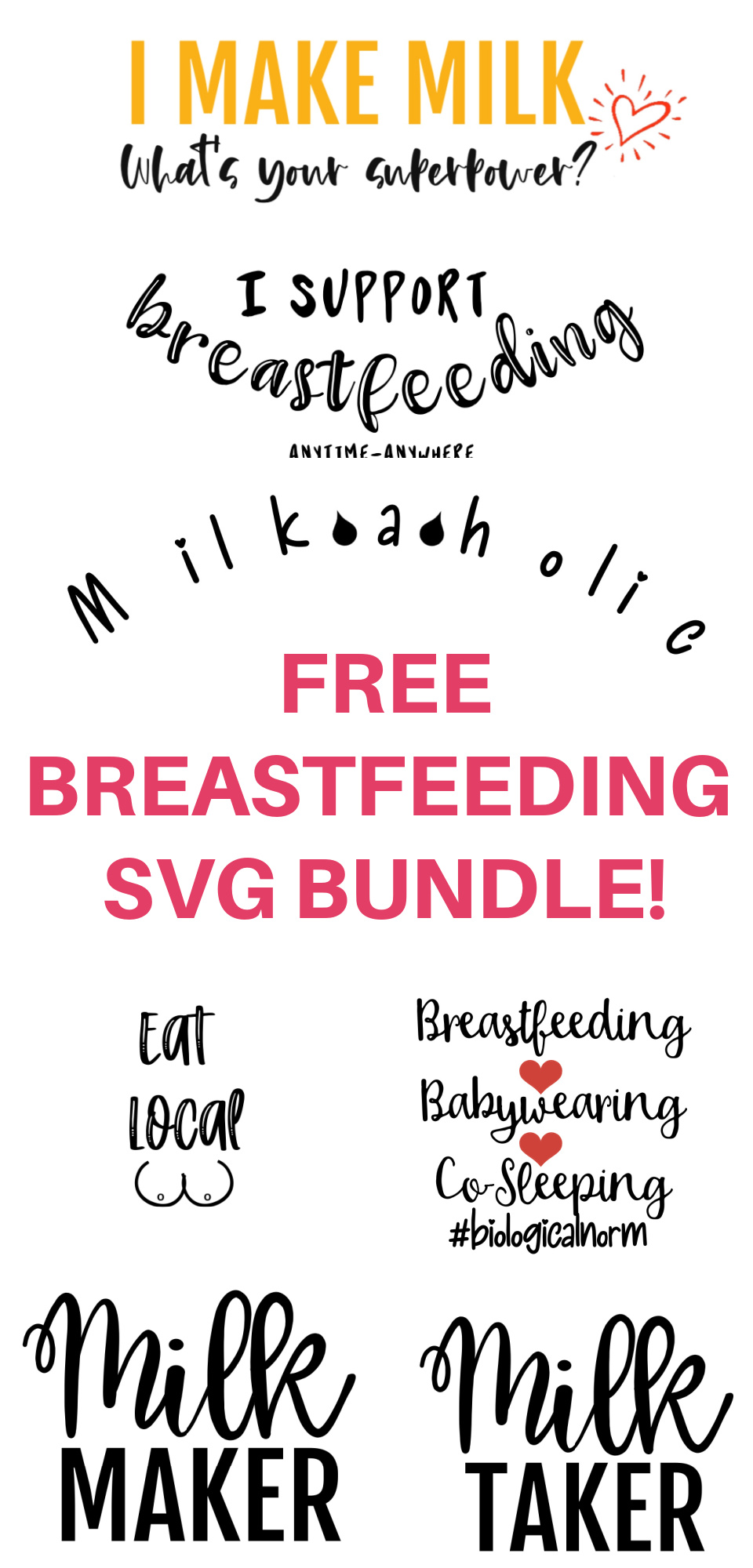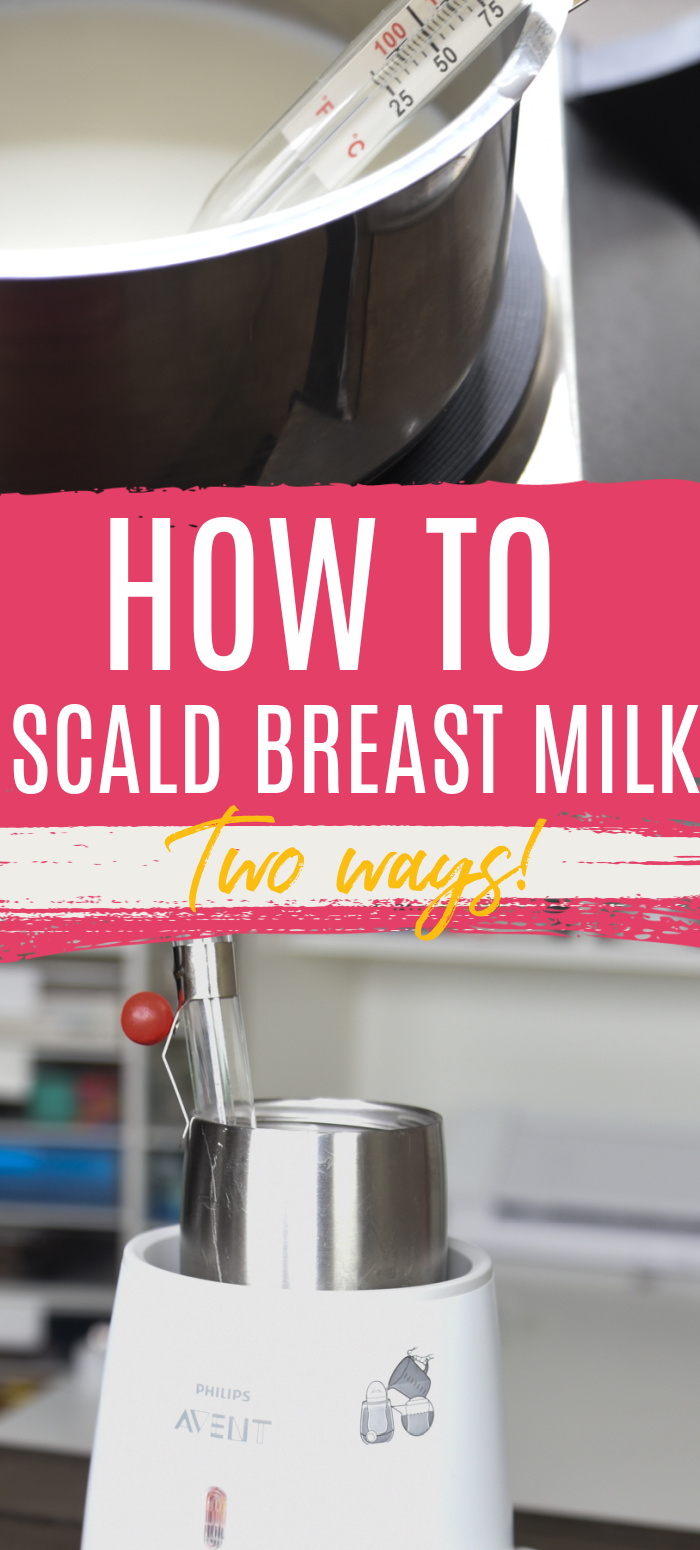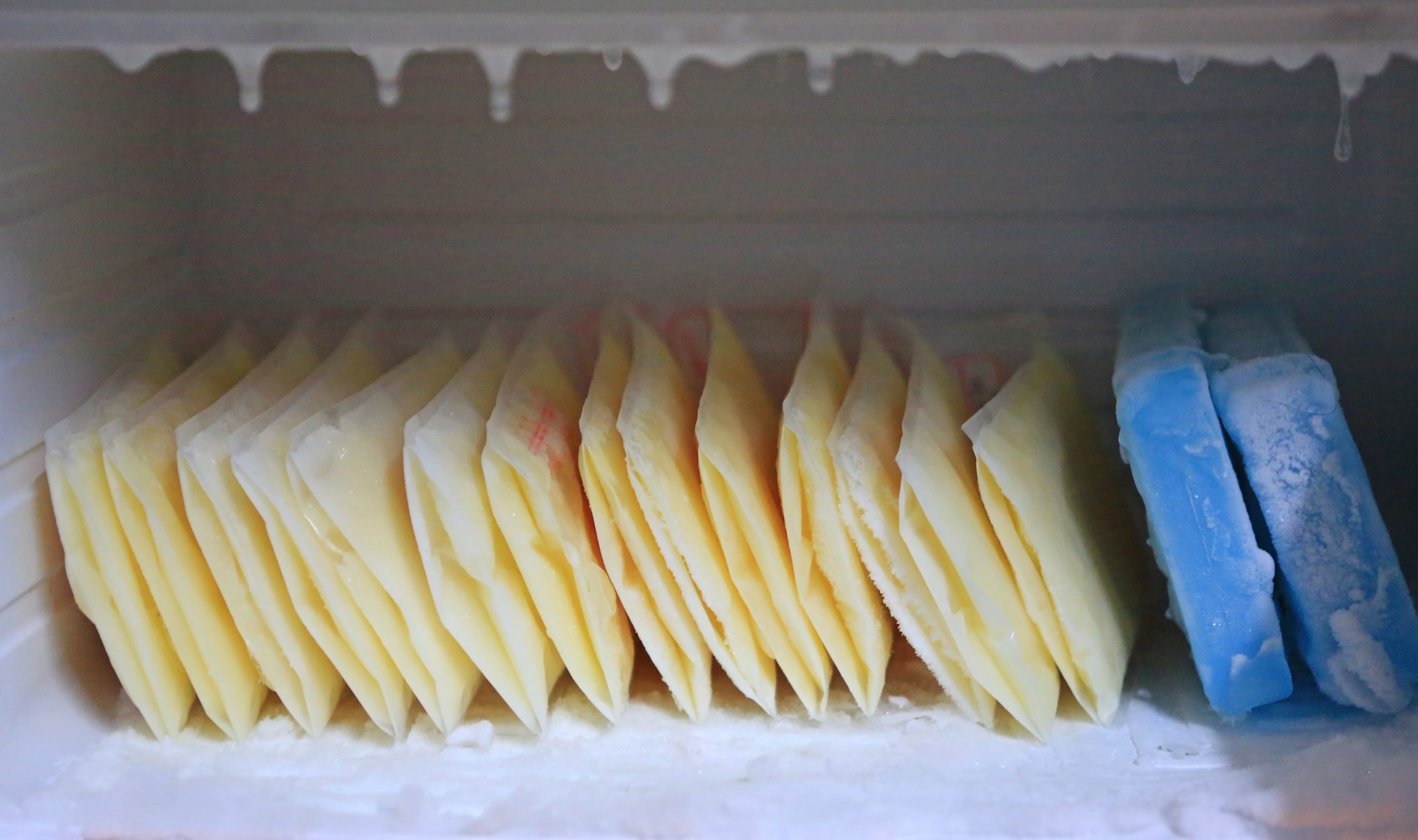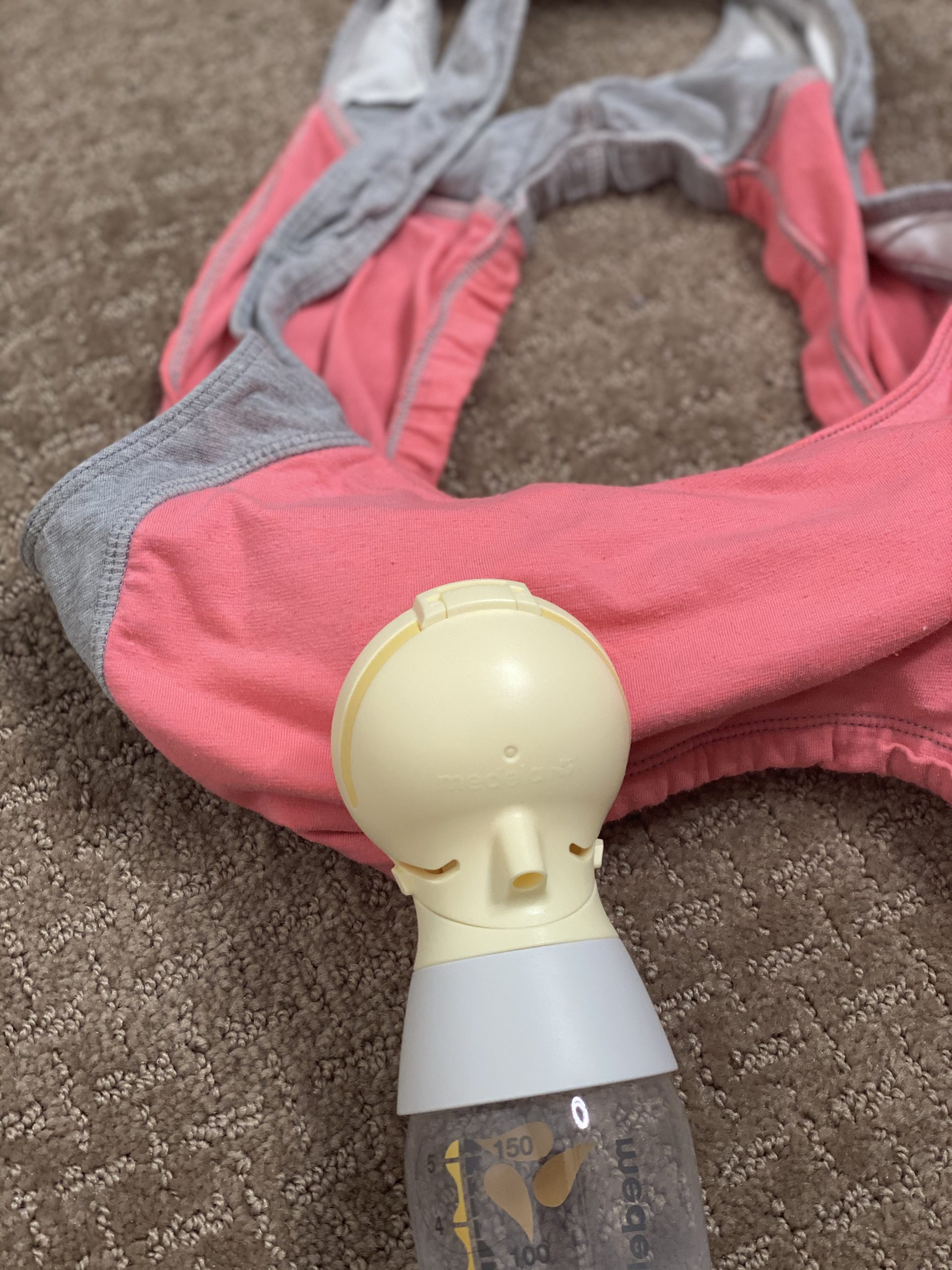Pumping and dumping after drinking is a common recommendation – but is it necessary? In this article, we will explore the question – do you have to pump and dump after drinking (and really, after anything!)
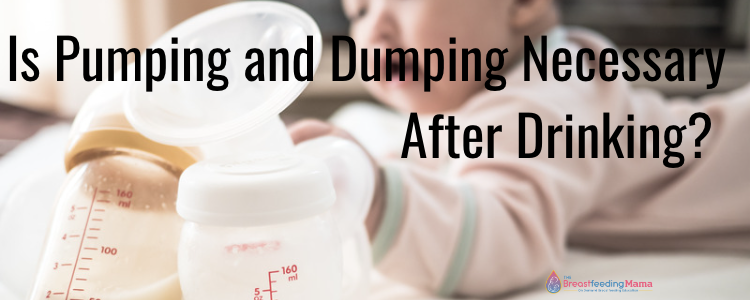
If you’re a breastfeeding mom who enjoys an occasional drink, you may be wondering if you need to pump and dump.
This is a recommendation given to breastfeeding mothers – after drinking, after anesthesia, and even after eating certain foods.
Pumping and dumping can interfere with breastfeeding – and no one wants to see precious milk go down the drain. Let’s dive into this topic so you can make an informed decision for you and your baby.
Bottom Line
The good news is that for most women, pumping and dumping is unnecessary. Contrary to popular belief, pumping milk after drinking alcohol won’t speed up the elimination of alcohol from your milk. Instead, you’ll simply be discarding perfectly good milk or just pumping unnecessarily.
It is generally recommended to wait two hours after drinking in order to resume breastfeeding. If you need to express milk during this time (in order to maintain supply or to help prevent clogged ducts and mastitis), that’s another story. But there’s no need to pump and dump as part of your drinking protocol.
The more you drink, the longer you may have to wait to resume nursing. Be sure to check out our alcohol and breastfeeding calculator to give you a better idea!
What do Professionals Say?
The Center for Disease Control(CDC)1 recommends that breastfeeding moms wait at least two hours after consuming a standard drink2 before nursing or pumping milk for their baby.
This gives your body enough time to metabolize the alcohol and eliminate it from your milk. However, the amount of alcohol that passes into your milk is typically quite low, even after a drink or two.
In fact, research suggests3 that the amount of alcohol in breast milk is just 5-6% of the adjusted maternal dosage. So, if you’re only having a drink or two, it’s unlikely to have any negative impact on your baby.
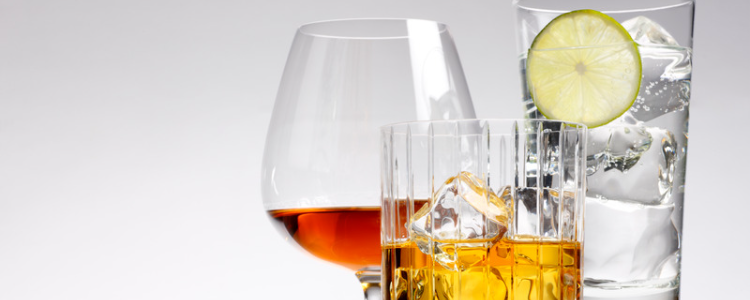
What is Pump and Dump?
Pump and dump refer to the practice of pumping your breast milk and discarding it after consuming alcohol (or any other substance you might be concerned. about being in your breast milk).
The idea behind pump and dump is that alcohol can pass through breast milk and affect your baby’s health. Some also believe that pumping helps to get rid of the alcohol more quickly. However, research shows that pumping and dumping is not necessary in most situations..
While alcohol does pass through breast milk, the amount that reaches your baby is typically minimal if you limit your alcohol intake. According to the CDC, moderate alcohol consumption by a breastfeeding mother (up to 1 standard drink per day) is not known to be harmful to the infant, especially if the mother waits at least 2 hours after a single drink before nursing.
In fact, pumping and dumping may actually be counterproductive. Pumping won’t make the alcohol leave your milk supply (or your body) any faster than simply waiting. In fact, the idea that pumping and dumping rids your breast milk of alcohol is a myth.
The only way to lower the alcohol content in your breast milk is time.
How long does alcohol stay in breast milk?
When you drink alcohol, it enters your bloodstream and eventually makes its way into your breast milk. The amount of alcohol that passes into your milk depends on your blood alcohol concentration (BAC) and the amount of time that has passed since you consumed the alcohol.
According to the Centers for Disease Control and Prevention (CDC), alcohol leaves breast milk at the same rate that it leaves your bloodstream. Therefore, the amount of time it takes for alcohol to leave your breast milk depends on how much alcohol you consumed and how much time has passed since you drank.
As previously mentioned, it takes about 2 for a single drink to leave your breast milk. However, this can vary depending on factors such as your weight, metabolism, and the strength of the drink you consumed.
A common phrase moms use is, “Safe to drive, safe to nurse”.
It’s important to note that “pumping and dumping” does not speed up the process of removing alcohol from your breast milk. As the CDC explains, “expressing or pumping milk after drinking alcohol, and then discarding it (‘pumping and dumping’), does NOT reduce the amount of alcohol present in the mother’s milk more quickly.”
Conclusion
In summary, the amount of time it takes for alcohol to leave your breast milk depends on several factors. As a general guideline, it takes about 2-3 hours for a single drink to leave your breast milk. However, if you’re concerned about the amount of alcohol in your breast milk, it’s always best to err on the side of caution and wait a little longer before breastfeeding or pumping.
3 – Haastrup, M. B., Pottegård, A., & Damkier, P. (2013, November 7). Alcohol and Breastfeeding. Basic & Clinical Pharmacology & Toxicology, 114(2), 168–173. https://doi.org/10.1111/bcpt.12149

